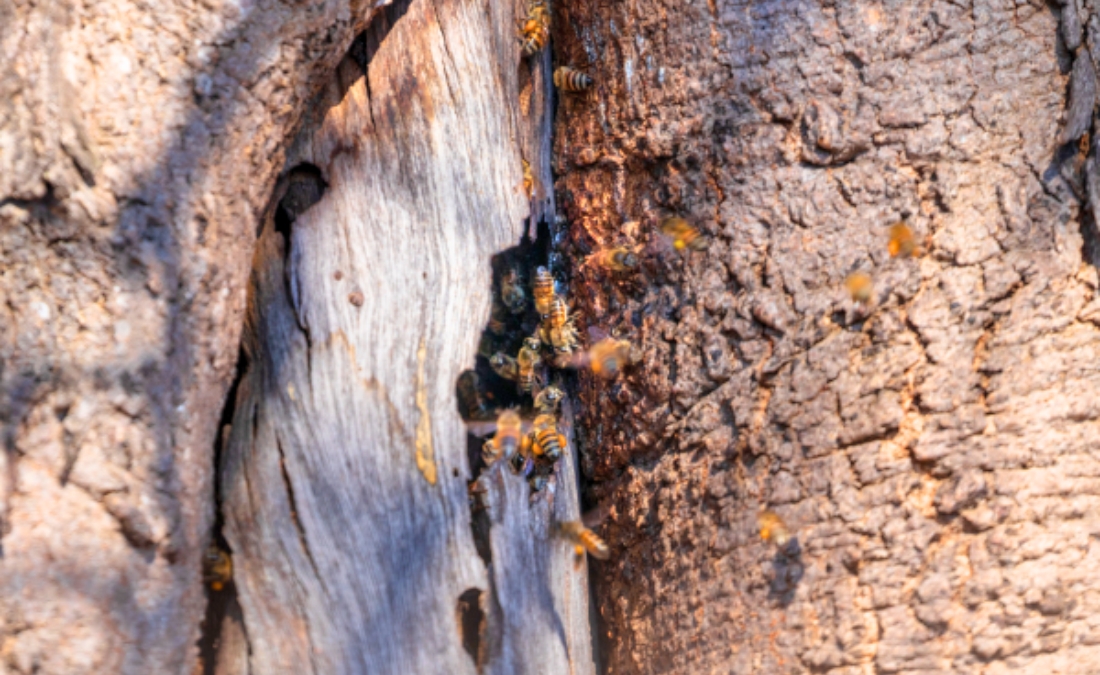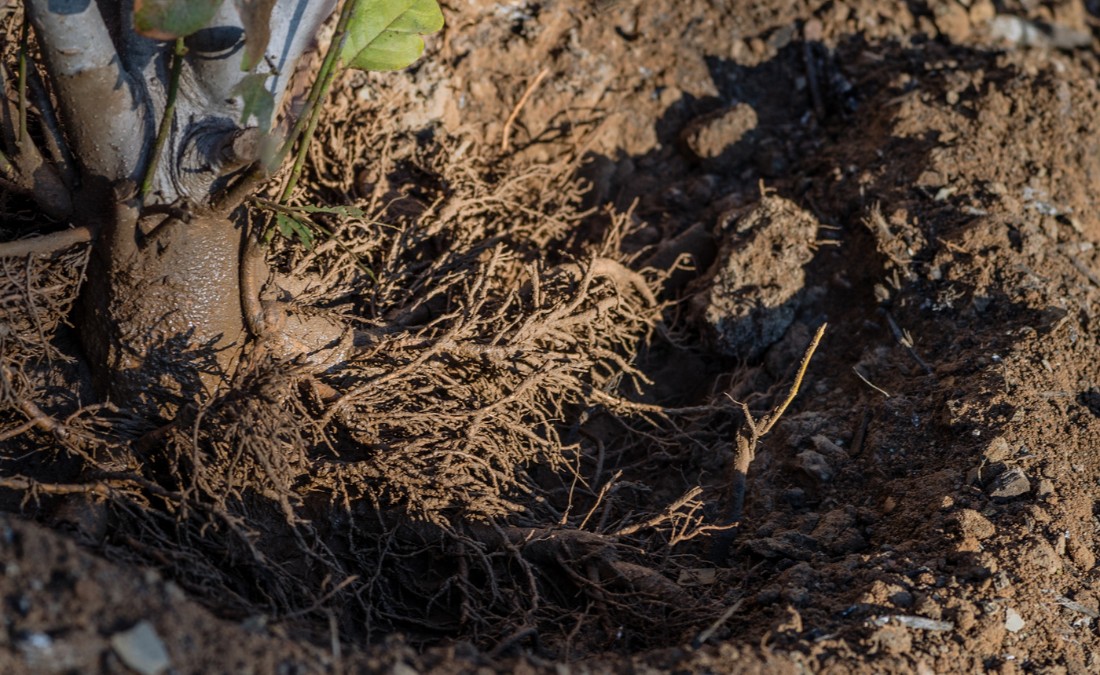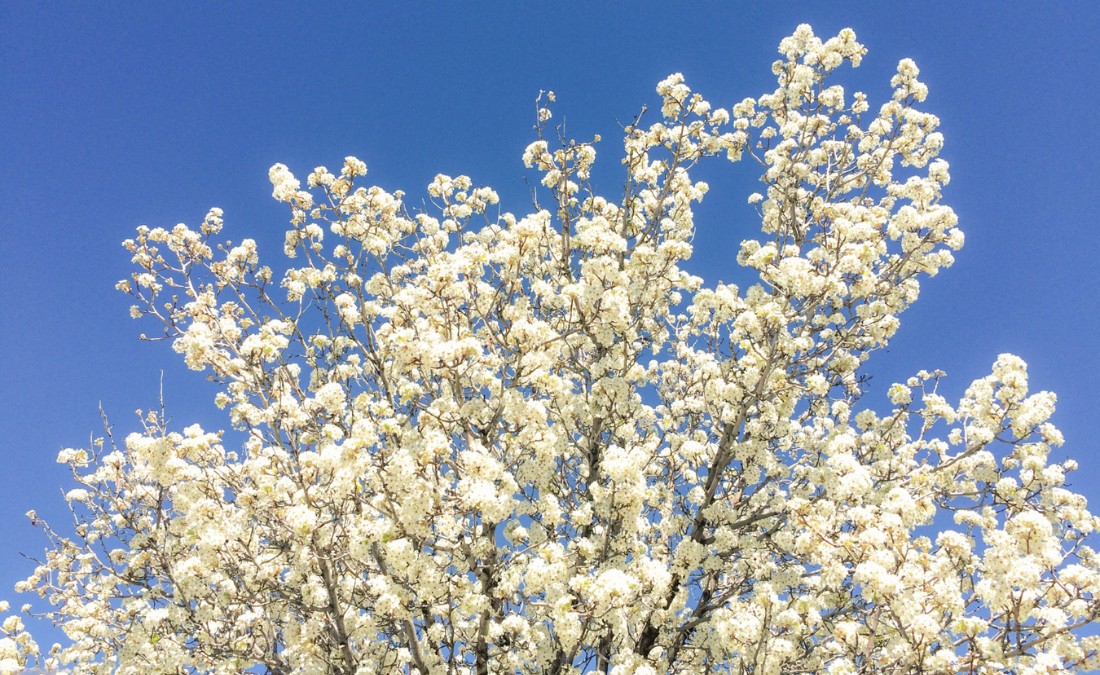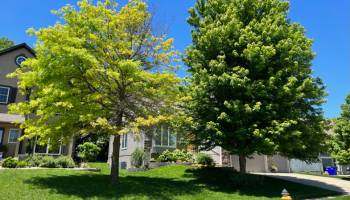How to Help Trees Thrive in Winter: Tips for Davenport Residents
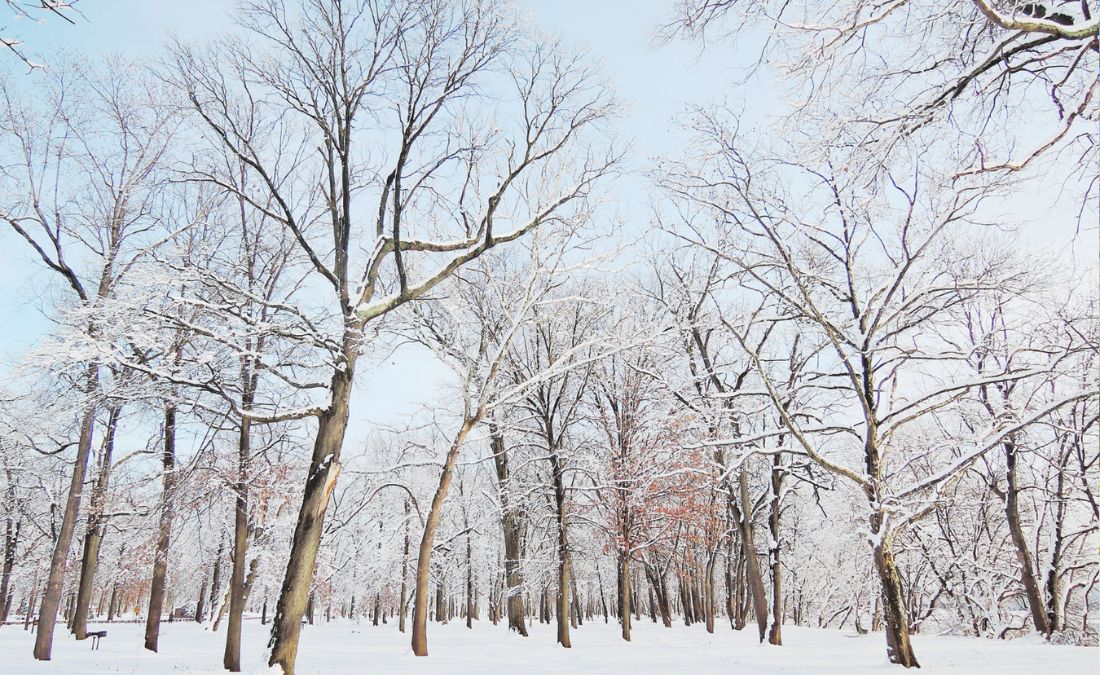
Help your Davenport trees thrive this winter and prepare for spring. Learn about the challenges trees face here, and simple steps you can take to support them.
Winter in the Quad Cities isn’t just tough on people—it’s hard on trees too. Most homeowners don’t think about their trees until spring, leaving them to weather the cold months alone.
But winter is actually a key time for tree care here in Davenport, and what you do now will help your trees thrive when warmer weather returns. Here’s what you need to know.
Key Takeaways
- Proper winter tree care can add up to 15% to your property value and cut heating costs by up to 25% by protecting your home from harsh winds.
- Winter is ideal for pruning and maintenance since trees are dormant and problems are easier to spot without leaves.
- The Mississippi River Valley’s freeze-thaw cycles create unique challenges for Davenport trees, making winter protection important.
- Early detection and treatment of winter tree problems can prevent costly emergency removals and property damage.
Why Winter Tree Care Matters to Your Home
Caring for your trees in winter isn’t just about getting ready for storms – it’s about helping them stay healthy during their resting period. Good winter care helps trees build strong roots and branches, making them better equipped to handle whatever weather comes their way. When trees get the right care during winter, they’re set up for healthy growth in spring.
Aside from that, winter tree care can help you:
- Cut heating costs by up to 25% when your trees block harsh winter winds.
- Add up to 15% to your property’s value through well-maintained, mature trees.
- Build stronger trees that resist disease and pests, saving you money on treatments.
- Develop sturdy branches and roots that stand up to all types of weather.
- Spot potential problems early when leaves are gone and issues are easier to see.
- Get fuller, healthier growth in spring and summer.
- Prevent weak branches and unstable roots from becoming safety concerns.
- Keep soil stable, which is especially important near the Mississippi River Valley.
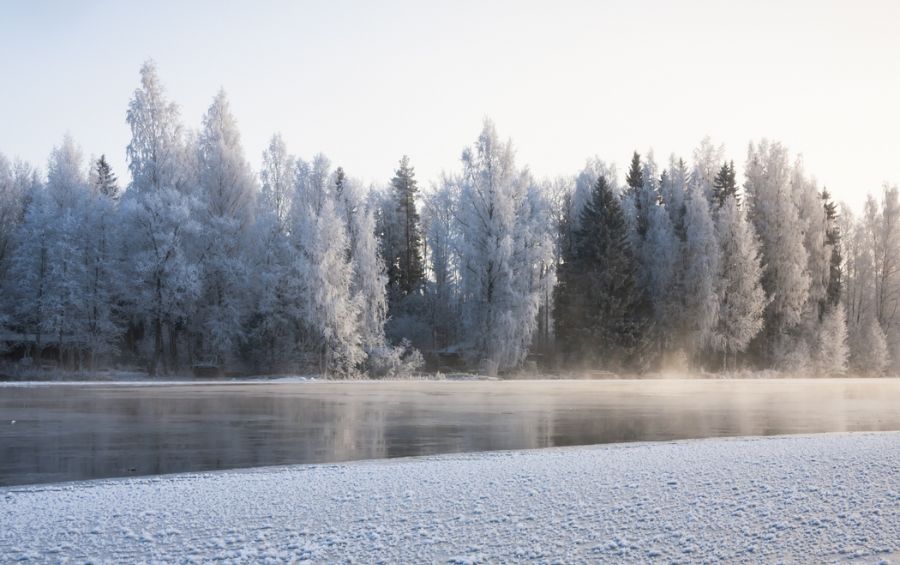
How Winter Impacts Trees in the Quad Cities Area
Living near the Mississippi River creates unique challenges for trees in winter. The river affects our temperatures, causing quick shifts between freezing and thawing that can stress trees. When you combine these temperature swings with our clay-rich soil, trees need specific care to stay healthy in urban and suburban environments.
Here’s what can harm Davenport trees in winter:
- Young trees getting sunscald, especially on bark facing south
- Drought conditions when the ground is frozen
- Roots getting damaged as soil freezes and thaws
- Salt from roads hurting roots and lower branches
- Evergreens getting dried out by harsh winds and winter sun
- Bark splitting from sudden temperature changes
- Branches breaking under the weight of snow and ice, potentially damaging homes
The good news is that you can prevent many of these problems with a few simple steps.
How to Support Trees in Winter
With the right care, your trees won’t just make it through winter – they’ll come out stronger in spring. Here’s what you can do:
- Mulch Your Trees: Before snow arrives, put down 2-4 inches of mulch around your trees (while keeping it away from the trunk). This helps keep soil temperature steady and holds moisture where roots need it.
- Continue Watering: When temperatures are above freezing, give your trees a long, deep watering, especially during dry spells. Water from the trunk out to where the branches end, so the water reaches all the roots before the ground freezes.
- Shield Young Trees: Wrap young tree trunks with tree wrap from the bottom up to the first branches to prevent sunscald and bark cracks. Add stakes if needed to help them stand up to winter winds.
- Prevent Salt Damage: Put up barriers made of burlap or plastic to protect trees near streets from salt spray. Try using sand or kitty litter instead of salt on your own walkways.
- Remove Deadwood: Take out dead, dying, or damaged branches before winter storms hit. This helps prevent branch failures during storms and keeps trees healthier. This is best done by professionals to minimize the risk of injury, or damage to the tree or your property.
- Watch Your Snow Piles: Try not to compact snow near the trunk, or pile up too much snow against the trunk of your trees.
- Clear Heavy Snow: If you see branches bending under snow, gently brush it off with a broom. Don’t shake the branches—they can snap easily when frozen.
Most importantly, try doing these before severe weather hits, not after. A little work now keeps your trees safe all winter and ready for spring growth.
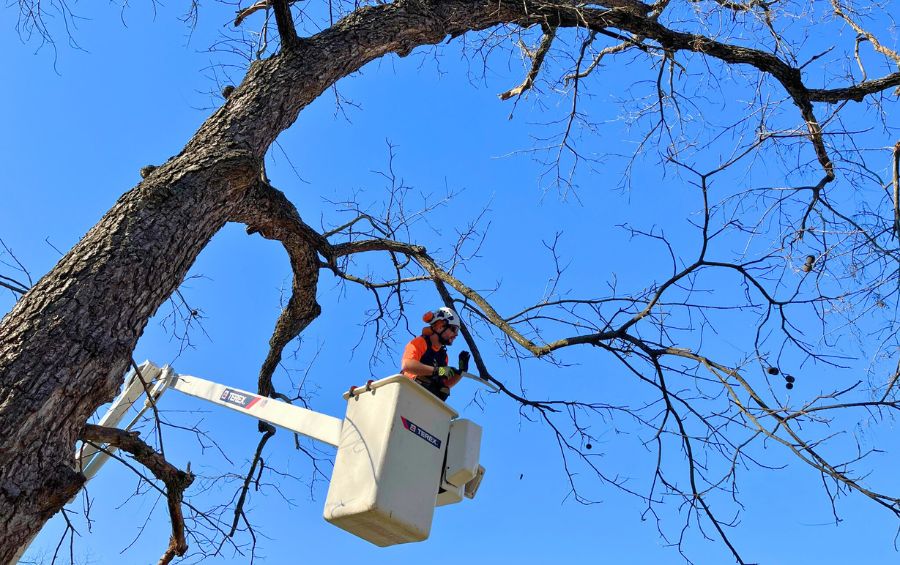
Winter is the Perfect Time for Professional Care
While you can probably handle many winter tree care tasks yourself, some jobs need expertise. This is especially true for large trees, trees near buildings, or any tree showing signs of problems.
If you have a tree needing professional care, winter is the perfect time to schedule it. Without leaves, arborists can see your tree’s structure clearly and spot potential issues. The frozen ground also makes it easier to use heavy equipment without damaging your lawn or landscape.
To give your trees the best possible care, consider:
- Winter Pruning: Removing deadwood and fixing branch structure works best when trees are dormant. Trees heal better from professional pruning during this time and grow properly in spring.
- Professional Inspections: Having an expert look at your tree’s bark, branches, and roots can catch small problems before they become big ones.
- Structural Support Systems: Installing cables or braces helps weak branch connections or split trunks handle snow and ice loads, which is a service we recommend for large, mature trees you want to preserve for a long time.
- Anti-Desiccant Treatment: Applying a protective spray for evergreens helps them hold moisture through winter. This clear coating shields needles and leaves from drying winds and winter burn, which is especially important for arborvitae, spruce, and other evergreen trees.
- Tree Removal: Winter’s frozen ground makes it easier and safer to remove dead or dying trees, while minimizing potential damage to your yard. This also helps prepare your yard for fresh spring landscaping.
Warning Signs You Should Never Ignore
Finding tree problems early can save you from expensive emergencies later. Keep an eye on your trees during winter, especially after storms or sudden temperature changes. Regular checks help you spot issues while they’re still small and fixable.
Look out for these warning signs:
- New or worsening lean, especially after ground freezes or thaws
- Large cracks, splits, or missing bark
- Ground lifting or cracking around the tree, exposing roots
- Cracks or splits where branches meet the trunk
- Lots of dead branches in the upper part of the tree
- Mushrooms growing on the tree, wet spots, or soft, crumbly wood
- Multiple trunks growing too close together with splits between them, or branches with tight, V-shaped branch unions
Don’t wait until spring if you spot these issues. Winter weather can make existing problems worse, and adding snow and ice can cause damaged trees to fail. Getting help early often saves the tree and prevents costly emergency work.
FAQs About Winter Tree Care
How often should I water my trees in winter?
When the ground isn’t frozen, give trees a deep watering every 2-3 weeks. New trees and those planted in the last two years need the most attention. Stop watering when the ground freezes, but start again during warm spells that last several days.
When should I schedule winter pruning?
The best time is during the coldest part of winter, usually January through early March in Davenport. Trees are fully dormant then, which is ideal for pruning. Our team at Arbor Masters provides professional tree care services every day, including pruning, unless dangerous weather keeps us off the roads.
Should I knock snow off my tree branches?
Only remove snow if branches are bending low or look like they might break. Use a broom to gently brush upward. Don’t shake the branches—they’ll break easily when frozen.
How do I know if winter changes in my evergreens are normal?
Evergreens naturally become a duller green in winter – that’s normal. But if you see brown, yellow, or reddish patches, especially on one side, your tree might need help from a Certified Arborist.
Protect Your Trees This Winter
Healthy trees make your property more valuable, lower your energy bills, and keep your home beautiful – but only if they get proper care in winter. Taking steps now means stronger, healthier trees all year round.
Don’t wait until you see problems with your trees. Our Certified Arborists at Arbor Masters are here to help protect your landscape investment with professional winter pruning and preventive care. Call us at 563-355-7508 or fill out our online form to request a free estimate today.

Want More Like This?
Get the latest local news, tree care tips, special offers, and company updates directly to your inbox! It's easy to subscribe and there's no spam - we promise.
"*" indicates required fields


